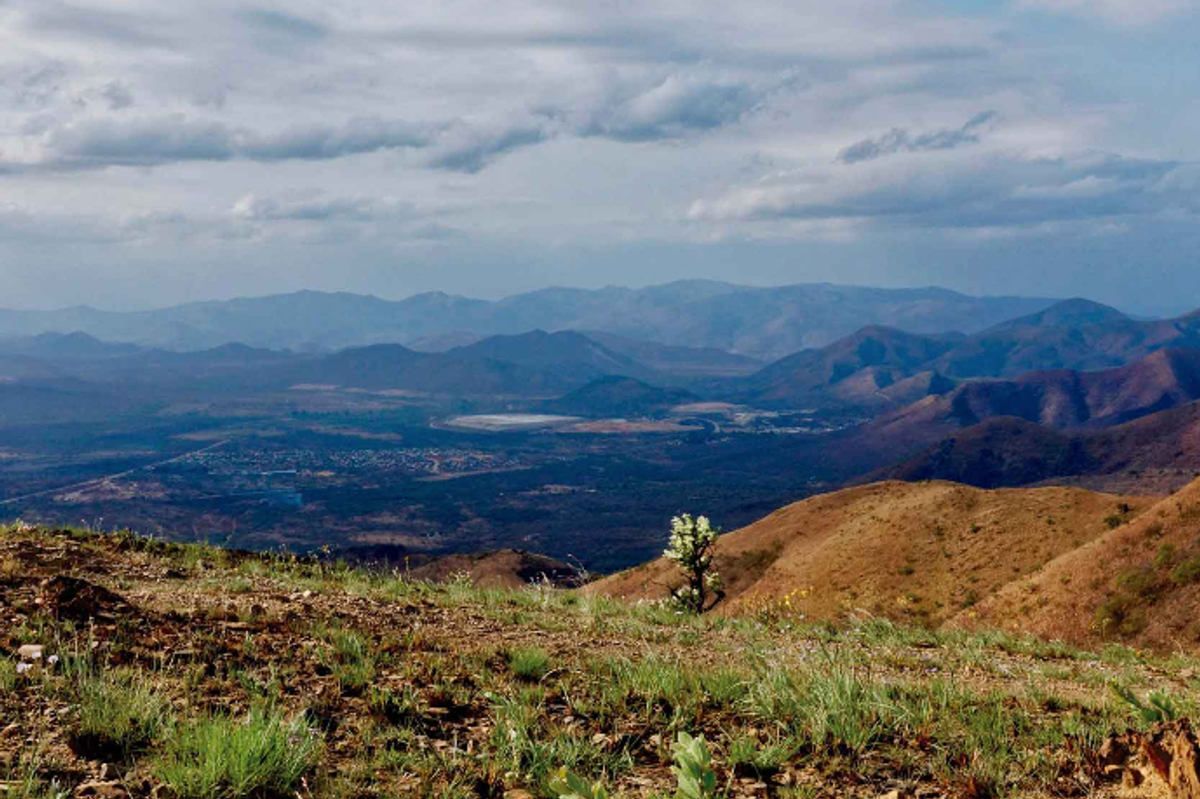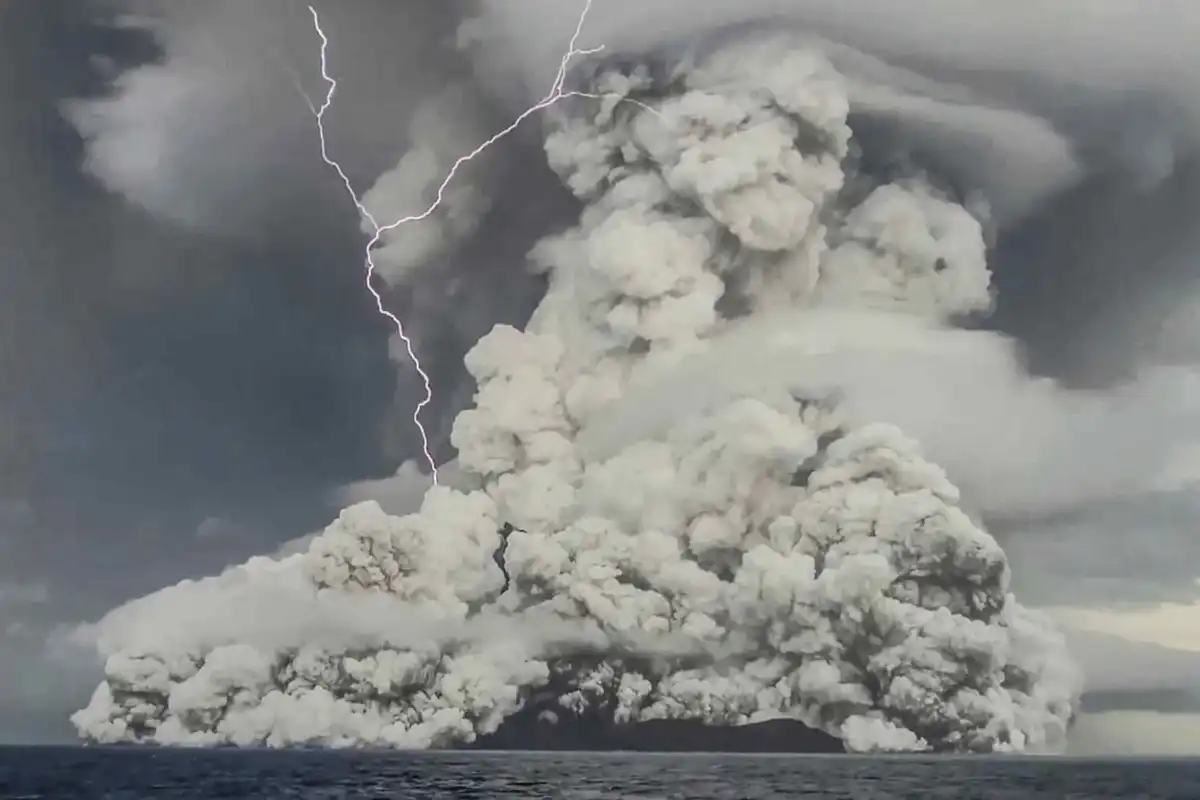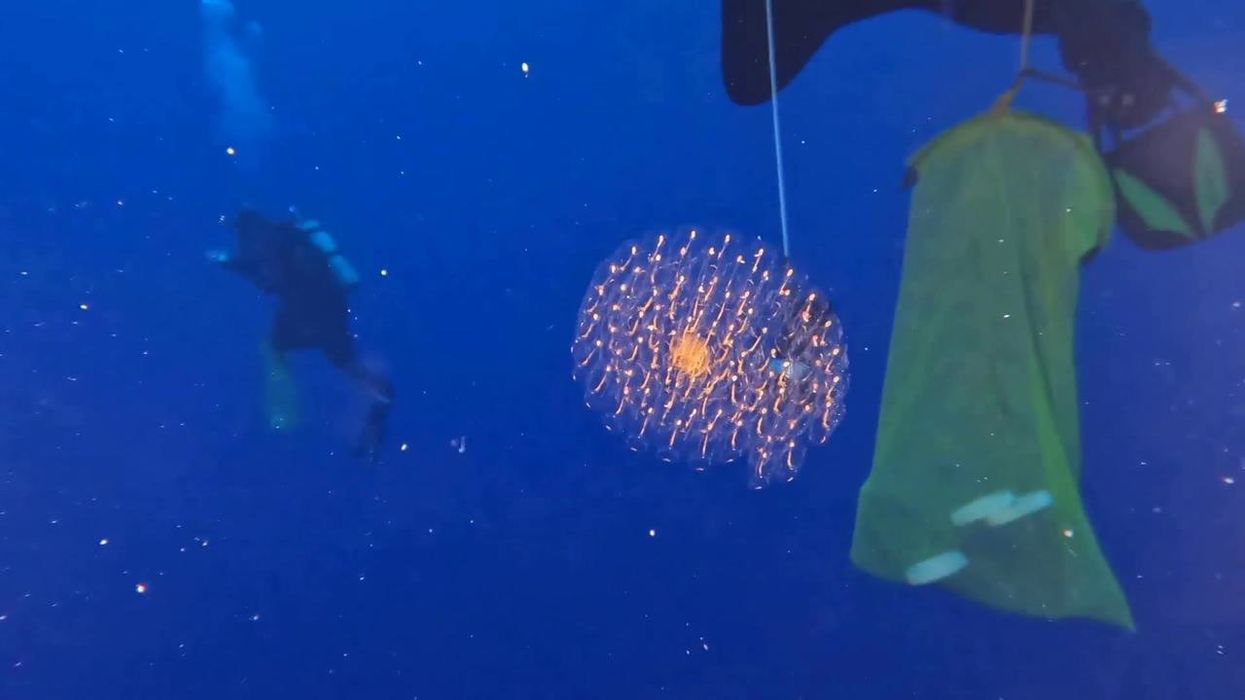Science & Tech
Harriet Brewis
May 25, 2024
Salps play vital role in ocean ecosystems, researchers claim
ViralPress / VideoElephant
Scientists believe they’ve found a window into the dawn of time on Earth, and it’s hidden beneath the Pacific Ocean.
A team led by geophysicist Simon Lamb, of the University of Wellington and scientist Cornel de Ronde, of GNS Science, said the key to our past lies in a remote corner of South Africa and way down on the seafloor off the coast of New Zealand.
So what do these two sites, on opposite sides of the world, have in common?
Together, they shed light on the world in its infancy, and offer unexpected clues about the origins of the planet we know today – and possibly life itself.
Writing for The Conversation, the scientists explained that their work began after de Ronde created a new, detailed geological map of an area known as the Barberton Greenstone Belt, which lies in South Africa’s highveld region.
“The geological formations in this region have proved difficult to decipher, despite many attempts,” the pair write.
They claim that the Belt’s rock bed is inconsistent with our widely accepted understanding of plate tectonics at the time.
But, they claim, their new research has offered up “the key to cracking this code.”

De Ronde’s map revealed a fragment of the ancient deep seafloor in the Barberton Greenstone Belt, created some 3.3 billion years ago, when the world was a mere 1.2 billion years old.
“There was, however, something very strange about this seafloor,” Lamb and de Ronde write.
“And it has taken our study of rocks laid down in New Zealand, at the other end of the Earth’s long history, to make sense of it.”
The two experts argue that the general understanding of early Earth as a fiery ball of molten magma, whose surface was too weak to form rigid plates – and, by extension, suffer earthquakes – is wrong.
Rather, they posit, the young planet was continuously rocked by large earthquakes which were triggered each time one tectonic plate slid under another in a subduction zone.
Looking at de Ronde’s map of the Barberton Greenstone Belt, they realised its “jumbled up” rock layers were reminiscent of more recent submarine landslides that have occurred in New Zealand.
These landslides were triggered by great earthquakes along the country’s largest fault, the megathrust in the Hikurangi subduction zone, where the bedrock is made of a mishmash of sedimentary rocks.
The Hikurangi Subduction Zone Projectwww.youtube.com
These rocks were originally laid down on the seafloor off the coast of New Zealand some 20 million years ago, on the edges of a deep oceanic trench, which was the site of frequent large earthquakes.
By considering the formation of this New Zealand rockbed, the experts claim to have solved the mystery behind the Barberton Greenstone Belt formations.
Like its young successor, these structures were the “remnant of a gigantic landslide containing sediments deposited both on land or in very shallow water, jumbled with those that accumulated on the deep seafloor,” they have concluded.
Put simply, if the rock layers in New Zealand were formed by earthquakes, then so, too, were the ones in the Barberton Greenstone Belt – subverting the theory that early Earth wasn’t equipped to suffer such tremors.
Furthermore, Lamb and de Ronde suggest that their work “may have unlocked other mysteries, too,” because, they point out: “Subduction zones are also associated with explosive volcanic eruptions.”
They cite the example of Tonga’s Hunga Tonga-Hunga Ha’apai volcano, which erupted in January 2022 with the energy of a “60 Megaton atomic bomb” and sent a vast cloud of ash into space, through which, over the subsequent 11 hours, more than 200,000 lightning strikes flashed.
“In the same volcanic region, underwater volcanoes are erupting an extremely rare type of lava called boninite. This is the closest modern example of a lava that was common in the early Earth,” they add.

Lamb and de Ronde argue that the large quantities of volcanic ash found in the Barberton Greenstone Belt “may be an ancient record of similar volcanic violence”.
And, even more interestingly, they suggest that the associated lightning strikes could potentially have “created the crucible for life where the basic organic molecules were forged.”
In other words, subduction zones are not just the source of tectonic chaos, they could also have been the spark that ignited the flame of life itself.
Sign up for our free Indy100 weekly newsletter
Have your say in our news democracy. Click the upvote icon at the top of the page to help raise this article through the indy100 rankings
Top 100
The Conversation (0)














